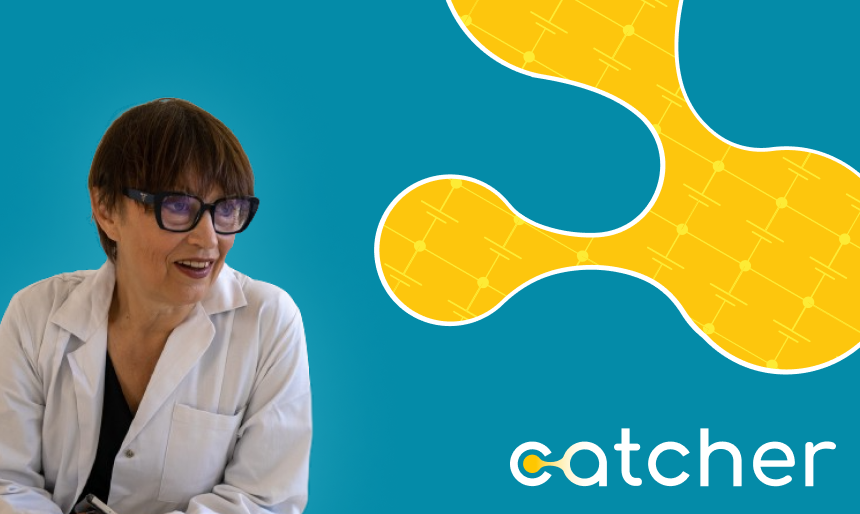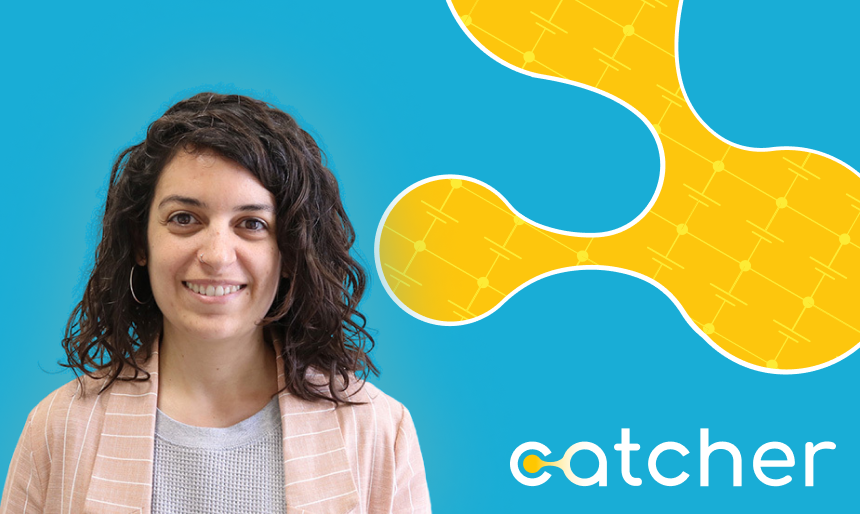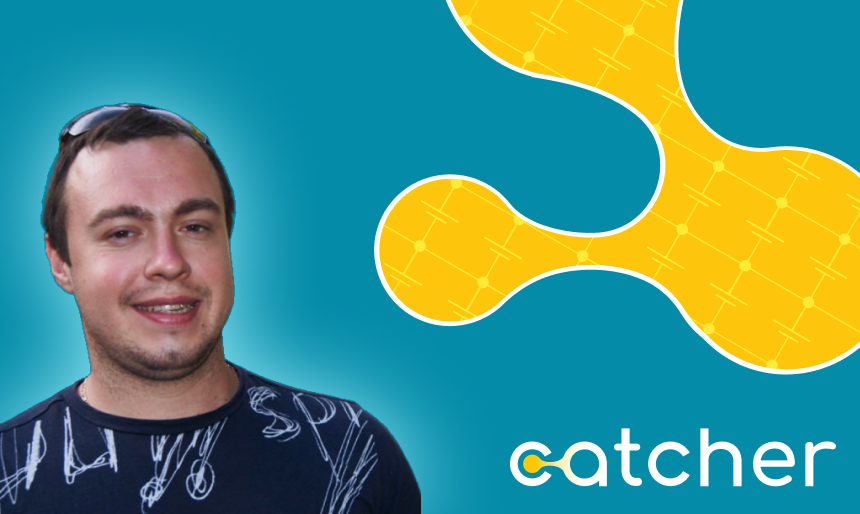
Meet the Team Interview: Svitlana Lyubchyk
Meet Svitlana Lyubchyk, who works for ULusofona, and is the Coordinator of the CATCHER project.
Firstly, tell us a bit about your organization
Universidade Lusófona (ULusofona), is the largest non-public University in Portugal, located throughout the Portugal and also in Brazil, Mozambique, Angola and Cabo Verde. Covering a wide range of areas of knowledge stretching across the arts, science, health, sport, law, education, and social sciences, Uni is structured around 10 Faculties or Schools. ULusofona offers a variety of high-quality courses: 46 undergraduate 44 MSc, 11 PhD’s programs. COFAC is a non-profit making organization owner of the ULusofona.
What is the motivation behind your organization getting involved in the CATCHER project?
There will be joint team from the Faculty of Engineering: (i) staff of the Industrial Engineering Management Centre, specialized in industrial management, process optimization, regulation and safety whose knowledge have been built during the last 20 years, through close links with Industry, Research Organizations and Universities throughout the world. (ii) staff of DTL – DeepTechLab, which is non-profit “Innovation Development & Technologies Transfer” Centre on Advanced Nanomaterial and Nanotechnologies for Engineering, Energy, Nanomedicine and Environmental Application. Thus, the CATCHER project represents a unique opportunity of applying the acquired knowledge to such a novel and crucial application.
How is CATCHER different from other projects that are developing a renewable energy conversion technology?
CATCHER is game-changing Renewable Energy concept. It is delivering a revolutionary technological solution for producing electrical energy through direct conversion of the humidity adsorption energy by elaborating a highly innovative “atmospheric humidity to electricity” converter device. Like that, it will be possible to consider a New Source of Renewable Energy (which is atmospheric humidity) with potential to provide ×500 times the current global energy needs. Resource abundancy is 2 times higher comparing to PVs. CATCHER installation is Less whimsical to deployment. Operation time is 24/7. Scalability over the XYZ axis. Can be installed both outdoor and indoor.
What do you hope to achieve through the project?
CATCHER project provides a sustainable and secure energy, strengthening the EU leadership on renewables. With simple installation, customized design, stability and ongoing maintenance, achieve energy independence hassle-free. CATCHER solution reduces dependence on costly energy sources, empowering customers to take control of the energy needs and financial future.
What do you see is the greatest challenge in the renewable energy sector?
The International Renewable Energy Agency’s 1.5°C pathway positions electrification and efficiency as key transition drivers, enabled by renewable energy, clean hydrogen and sustainable biomass [IRENA (2023), World Energy Transitions Outlook 2023: 1.5°C Pathway, International Renewable Energy Agency, Abu Dhabi.]. Success in reducing greenhouse gas emissions determines whether global temperature rise can be limited to 1.5°C and the only realistic solution available nowadays is a considerable scale-up of renewable energy; and, additionally, the development/exploitation of new renewable energy sources. Furthermore, (i) Increase the production of clean energy via development and regulation of the hybrids renewable energy solutions to improve the overall energy performance in renewable fuels sector; and (ii) Energy supply decentralisation aspects are also in a focus.
What do you personally find most interesting about the CATCHER project?
To provide Energy Independency, Energy Security and to help to overcome Energy Poverty.


